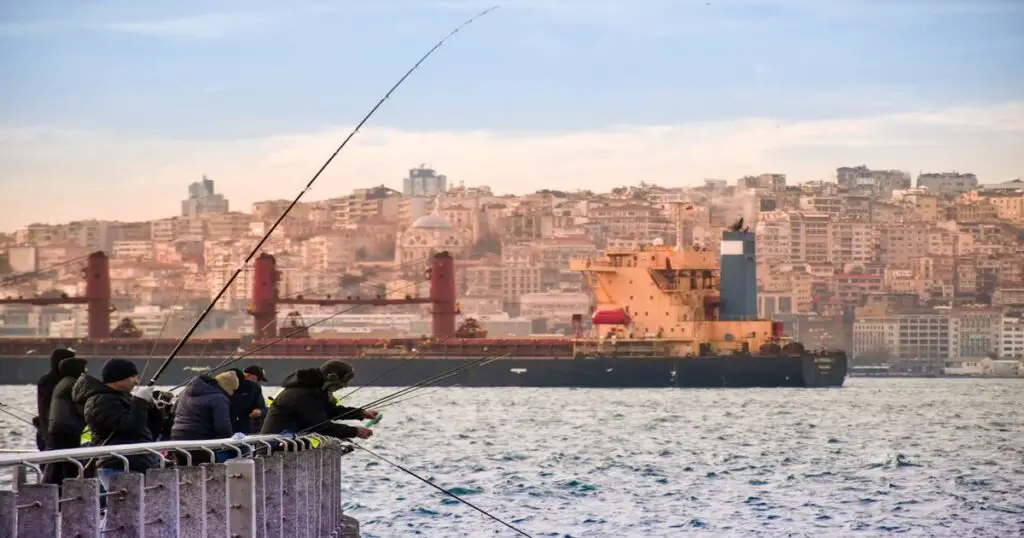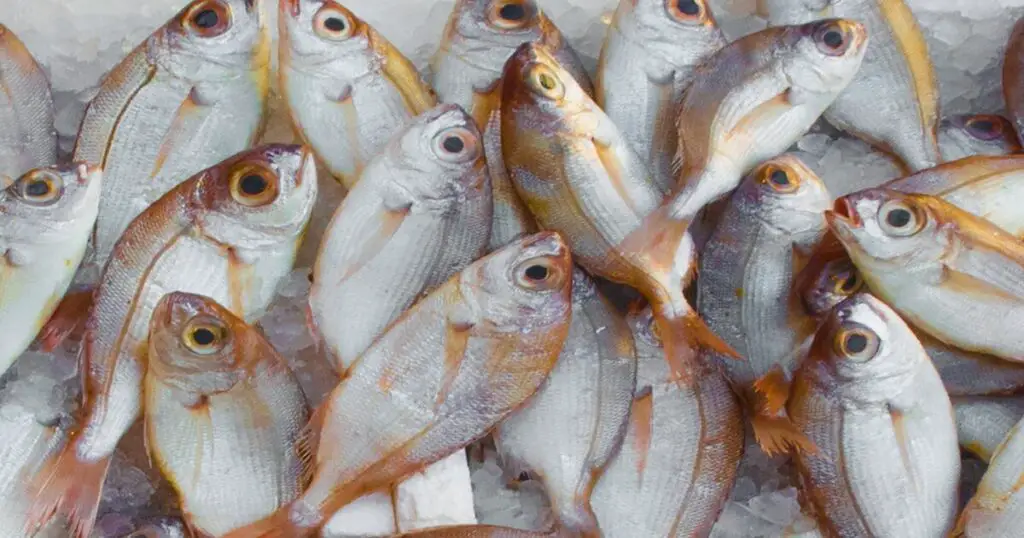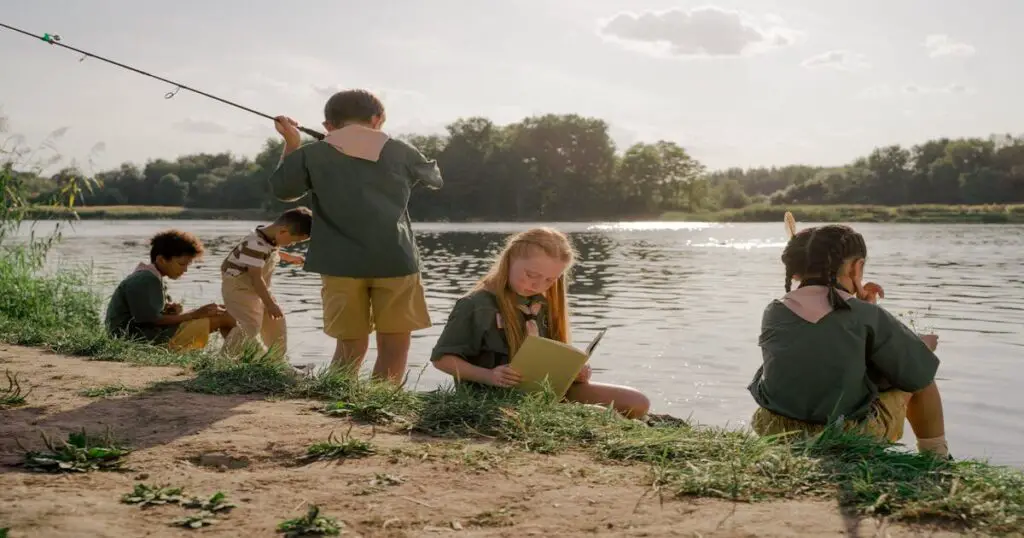Key takeaway: At the heart of our community values is a deep respect for nature and a dedication to preserving it for future generations. Sustainable fishing is more than just a method; it's a symbol of harmony between people and the ocean. Our choices, from supporting local fishermen using sustainable methods to choosing seafood from renewable sources, drive this shared goal.
By adopting practices that protect ocean ecosystems, we ensure the survival of diverse marine life and maintain our community's legacy of stewardship. Together, through smart choices and shared responsibility, we can continue to cherish the earth's resources while protecting them for the future.

Sustainable fishing practices refer to the methods and techniques used in catching and harvesting fish that do not harm the marine environment, maintain or increase the population of target species, and provide sustainable livelihoods for fishing communities. It aims to ensure the long-term health of ocean ecosystems while meeting the needs of current and future generations.
Why is Sustainable Fishing Important?
Sustainable fishing is crucial in maintaining the balance of marine ecosystems and preserving ocean biodiversity. Overfishing, which occurs when more fish are caught than can be replaced by reproduction, can lead to a decline in fish populations and disrupt the delicate balance of marine life.
This can have a ripple effect throughout the food chain, affecting other species that rely on the same fish for survival. By promoting sustainable fishing practices, we can ensure the sustainability of fish populations and maintain a healthy ocean ecosystem.
How Can Fishing Be Sustainable?
Fishing can be made sustainable through various methods and practices, including:
- Regulating catch limits: Governments and fishing organizations can set limits on the amount of fish that can be caught to prevent overfishing.
- Using technology: Innovations such as fish finders and GPS systems can help fishermen target specific species and reduce bycatch, the unintentional catching of non-targeted species.
- Implementing gear modifications: Certain fishing equipment, such as circle hooks and nets with larger mesh sizes, can reduce the chances of catching non-targeted species.
- Enforcing seasonal closures: Closing certain areas or suspending fishing activities during specific times of the year can allow fish populations to reproduce and replenish.
- Promoting sustainable fishing methods: Encouraging the use of more sustainable practices, such as handline fishing, can help reduce the impact on marine ecosystems.

How Does Sustainable Fishing Protect the Oceans?
Sustainable fishing helps protect oceans in several ways, including:
- Maintaining biodiversity: By avoiding overfishing and targeting specific species, sustainable fishing practices help maintain a healthy balance of marine life.
- Preserving habitats: Certain fishing methods, such as bottom trawling, can damage ocean habitats. Sustainable fishing practices minimize the impact on these sensitive areas.
- Reducing pollution: Some fishing techniques involve the use of chemicals or other pollutants that can harm marine life. Sustainable fishing methods avoid these harmful practices.
How Can Sustainable Fishing Minimise Impacts on the Environment?
Sustainable fishing can minimize impacts on the environment in several ways, including:
- Reducing bycatch: By using more selective fishing methods and equipment, sustainable fishing practices can reduce the number of non-targeted species caught.
- Preventing overfishing: Sustainable fishing practices adhere to catch limits and regulations, preventing the depletion of fish populations.
- Promoting responsible waste management: Properly disposing of fishing equipment and reducing pollution from fishing activities can help minimize the impact on the environment.

FAQs
In this section, we will be delving into some of the most common inquiries and curiosities that surround our topic.
Is sustainable fishing only for large-scale commercial fishermen?
No, sustainable fishing practices can be implemented by small-scale and recreational fishermen as well. Everyone has a role in preserving the oceans and promoting sustainable fishing.
Do sustainable fishing practices affect the taste of fish?
Not necessarily. Sustainable fishing methods may require certain changes in equipment or techniques, but they do not necessarily impact the taste of fish.
How can I support sustainable fishing practices?
You can support sustainable fishing by choosing seafood that is sustainably sourced and certified by organizations like the Marine Stewardship Council. Additionally, you can educate yourself and others about the importance of sustainable fishing and advocate for responsible fisheries management.
Conclusion: What is Sustainable Fishing Practices?
Sustainable fishing practices are crucial in preserving our oceans for future generations. By promoting sustainability, we can ensure the long-term health of marine ecosystems, maintain biodiversity, and support the livelihoods of fishing communities.
It is up to all of us to make responsible choices when it comes to consuming seafood and advocating for sustainable fishing practices. Let’s work together to protect our oceans and promote a sustainable future for all.



Leave a Comment
You must be logged in to post a comment.